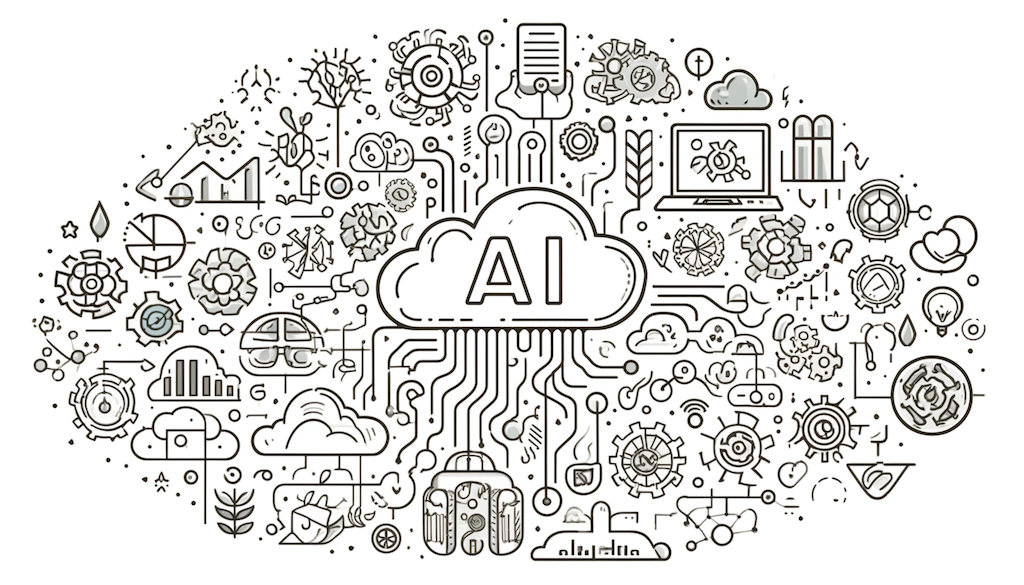
Navigating the AI Infrastructure Landscape
/ Arvid Andersson
In modern products using AI, the infrastructure underpinning your applications is not just a supporting player; it can be a driver of success. AI infrastructure comprises the orchestration of software and services that enable the development of AI solutions at scale using some of the most advanced software available. It becomes fundamental for developers to grasp a stepwise method for developing and fine-tuning this infrastructure, transitioning from basic building blocks to more advanced features as they explore AI.
Foundational Pillars - Prompt Engineering, LLMs, and Observability
Prompt Engineering and LLMs:
At the heart of AI interactions lie prompt engineering and large language models (LLMs). Prompt engineering is the skill of formulating queries that guide AI models, particularly LLMs, to generate desired outputs. It's a fundamental skill that ensures the AI understands and responds accurately to user input. With their vast understanding of language nuances, LLMs require a robust infrastructure to function efficiently, laying the groundwork for sophisticated AI interactions.
Observability and Analytics:
Observability goes beyond mere monitoring; it provides a comprehensive view of your AI system's internal state. Coupled with analytics, it ensures that your AI infrastructure is not just operational but also optimized and efficient. This duo enables teams to proactively address issues, refine performance, and ensure that AI systems deliver on their intended objectives through automated tests and data analysis.
Advancing Your AI Infrastructure - Vector Databases and Fine-Tuning
Vector Databases:
As AI initiatives mature, integrating vector databases can be a game-changer. These specialized databases are designed to handle high-dimensional data and are pivotal for advanced AI applications. Whether enhancing search capabilities or supporting sophisticated analytics, vector databases offer the scalability and performance necessary for next-level AI applications, making them an advanced yet crucial component of your AI infrastructure.
Fine-Tuning:
Fine-tuning is the nuanced process of optimizing AI models for specific tasks or improving their accuracy. It is typically considered once your basic AI infrastructure is solidly in place. It involves adjusting model parameters based on new data or specific requirements, a step for organizations looking to refine their AI models for peak performance. While it's an advanced phase, fine-tuning can be critical for extracting maximum value from AI investments by training more affordable specialized models to handle workloads handled by more advanced general models.
Constructing an AI Infrastructure
Building an AI infrastructure is a journey that begins with understanding your organizational needs and aligning with your AI ambitions. Start by establishing a solid foundation, focusing on prompt engineering, LLMs, and observability. As your AI maturity escalates, incorporate advanced components like vector databases and fine-tuning processes. Remember, the goal is to create an infrastructure that meets current product demands and is flexible enough to accommodate future advancements in AI technology.
Conclusion
Navigating the AI infrastructure landscape is a strategic initiative that requires a phased approach, starting with foundational elements and gradually incorporating advanced enhancements. Organizations can build a robust infrastructure that moves their AI initiatives toward success by understanding the roles and interplay of various components — from prompt engineering and inference APIs to vector databases and fine-tuning.
Is your product missing? 👀 Add it here →